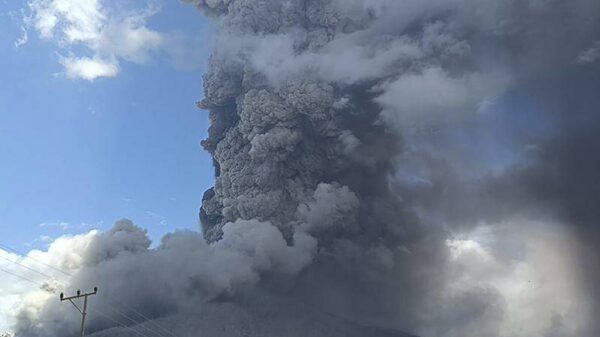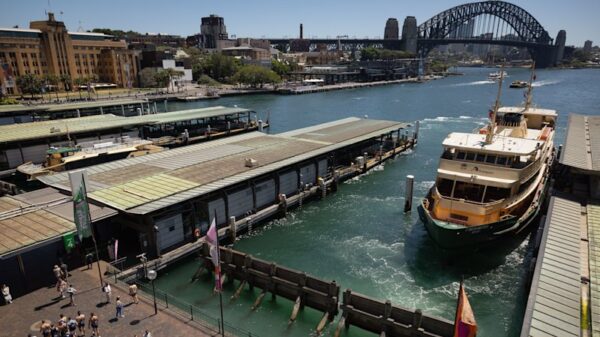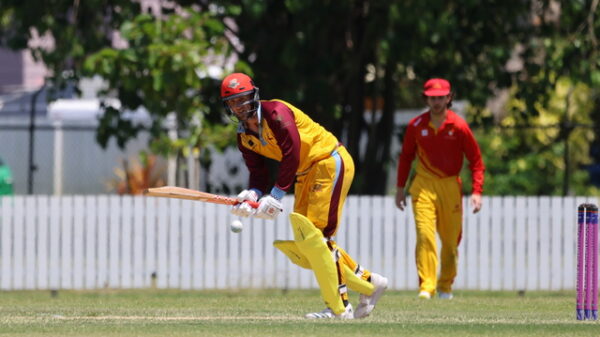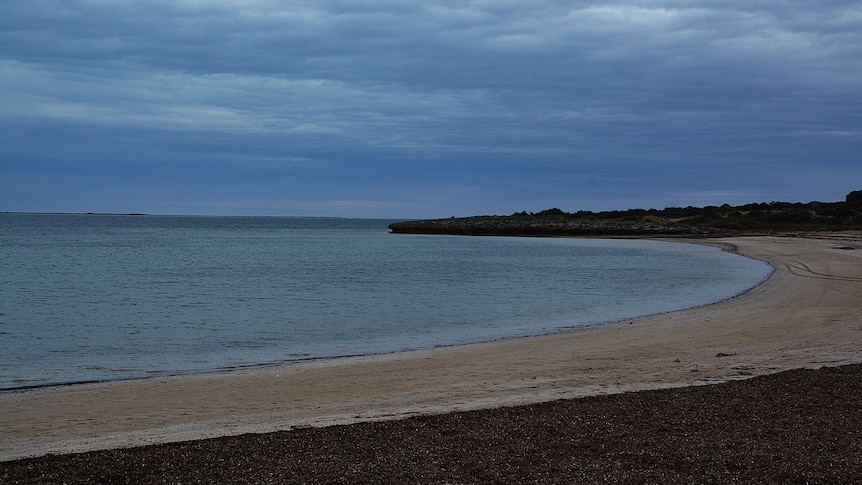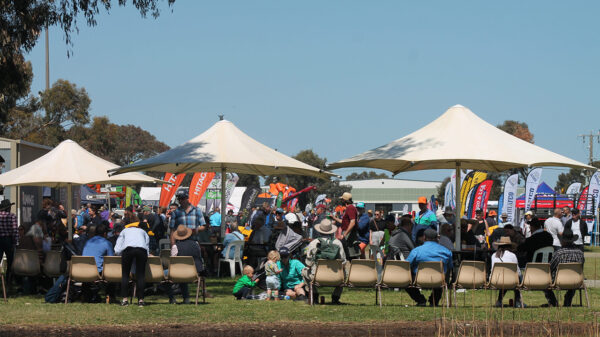Southern Australia is bracing for a dramatic end to winter, marked by a significant cold outbreak that follows an unexpected warmth. On Monday, temperatures in northern South Australia soared to a high of 34 degrees Celsius, reaching levels as much as 12 degrees Celsius above the seasonal average. While the eastern states remain relatively mild today, a series of cold fronts advancing from the west will soon unleash a powerful mix of gale-force winds, rain, hail, thunderstorms, and even snow over the coming days.
Cold Fronts Bring Severe Weather Across States
The weather forecast for this week stands in stark contrast to last week’s unusual conditions, which saw easterly winds deliver record rainfall to the coast of New South Wales. Instead, a typical August westerly air pattern will prevail, bringing four distinct cold fronts. The first of these fronts struck Western Australia on Sunday, resulting in 20 to 50 millimetres of rain in Perth, marking the city’s wettest winter in nearly three decades.
As the first front moves southeast, it is expected to reach the Victorian ranges and Snowy Mountains on Tuesday, bringing showers, isolated thunderstorms, and damaging wind gusts. The second front will follow closely on Wednesday, maintaining showers and gusty winds for an additional 48 hours. However, it is the third front, arriving on Thursday, that poses the greatest potential for severe weather. This front will transport a mass of frigid polar air directly from Antarctica, leading to a significant drop in temperatures and the formation of a deep low-pressure system in the Bight.
The combination of this low-pressure system and the cold front will result in intense winds and widespread showers across southeastern states through Friday and Saturday. Weather warnings are anticipated for damaging wind gusts exceeding 100 kilometres per hour in parts of South Australia, Victoria, and New South Wales, which may cause fallen trees, power outages, and property damage. Thunderstorms with potential small hail are also likely across several areas, including Hobart, Melbourne, and Canberra on Saturday.
Snowfall Expected Across Multiple States
This week, numerous towns across southern Australia may experience snowfall, with flurries expected to begin in the mainland Alps on Wednesday and continue into Thursday, potentially accumulating around 20 centimetres per day. Blizzard conditions are also possible as the third front approaches on Friday and Saturday. The unusual incursion of Antarctic air could result in snow falling at levels significantly lower than typical alpine elevations.
Current weather models suggest that only a minor temperature fluctuation of around 1 degree Celsius could result in snow making a brief appearance in urban areas such as Ballarat and Canberra. For the alpine regions, the extended winter storm may deliver at least 50 centimetres of fresh snow, enhancing conditions for ski resorts, which are already experiencing a much-improved season compared to recent years.
While many regions will benefit from this week’s rainfall, it comes as a relief to those facing drought conditions. A fourth, milder front is expected to bring additional showers on Sunday, helping to offset the dry start to August. Forecasts indicate that agricultural areas in South Australia, Tasmania, and Victoria may receive at least 20 millimetres of rain, with some coastal and elevated areas potentially receiving 50 millimetres or more.
Some regions, like Adelaide, have already exceeded their winter average of 204 millimetres and anticipate an additional 50 millimetres this week. Bendigo is in a similar situation, with total rainfall above its long-term average of 157 millimetres. Despite these encouraging numbers, cities like Melbourne and Mildura may still end the season slightly below average.
Looking ahead, the forecast for the start of spring suggests a return to a more standard weather pattern with lighter showery fronts expected, albeit with less intensity than this week’s systems. The long-term outlook for the upcoming spring season remains positive, with expectations for a wetter season driven by a well-developed negative Indian Ocean Dipole, which may further support rainfall across southern Australia.









